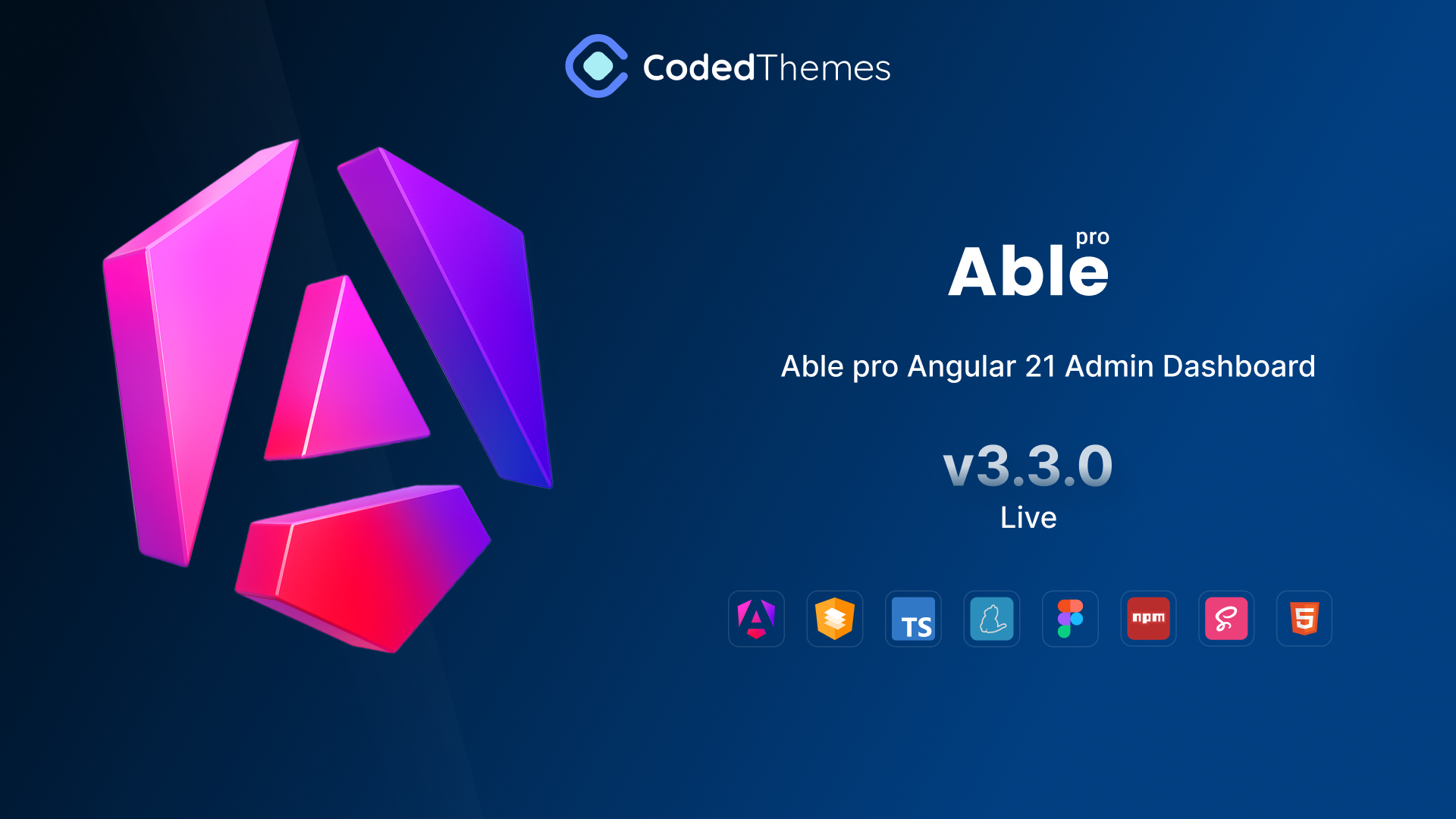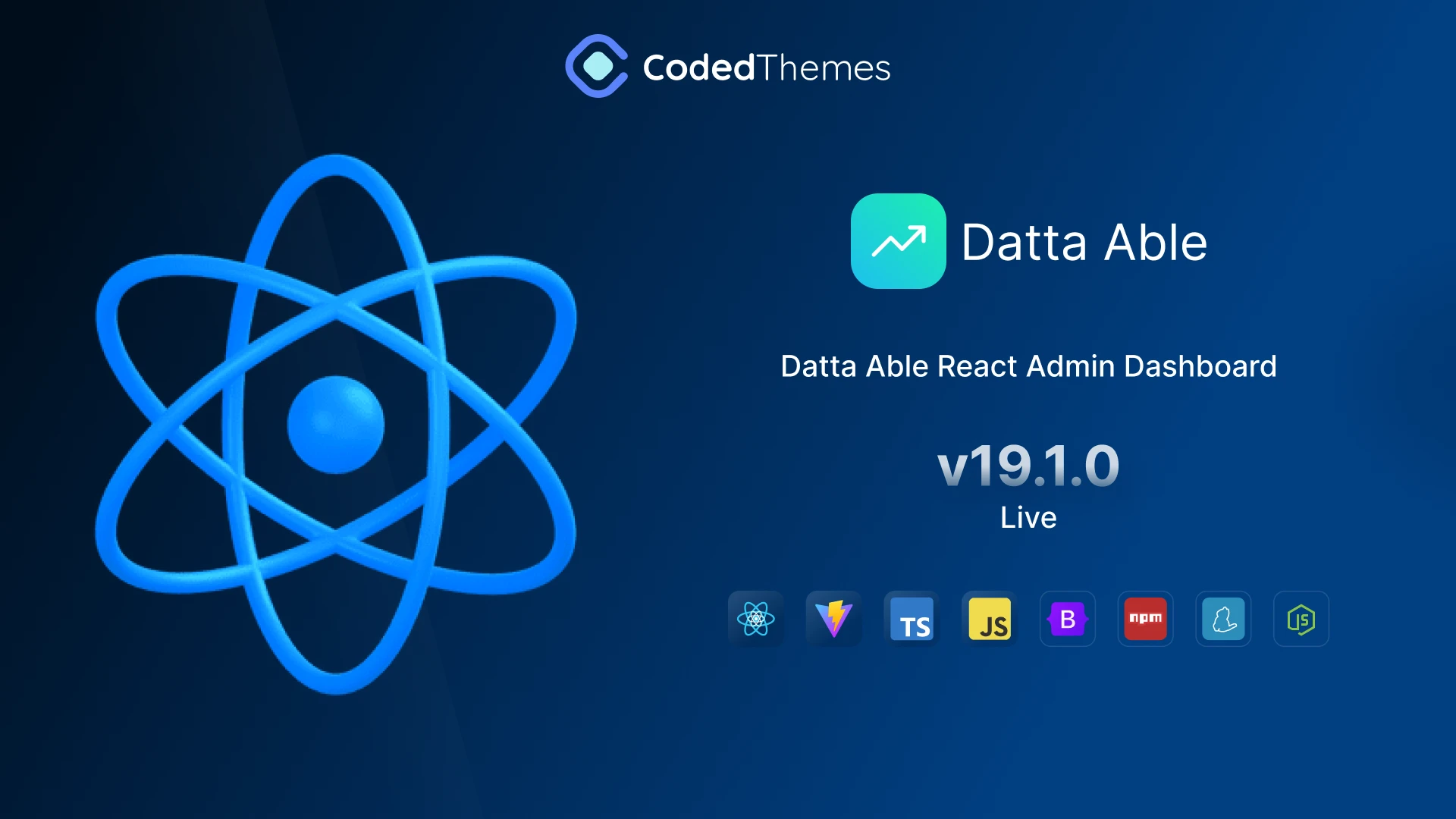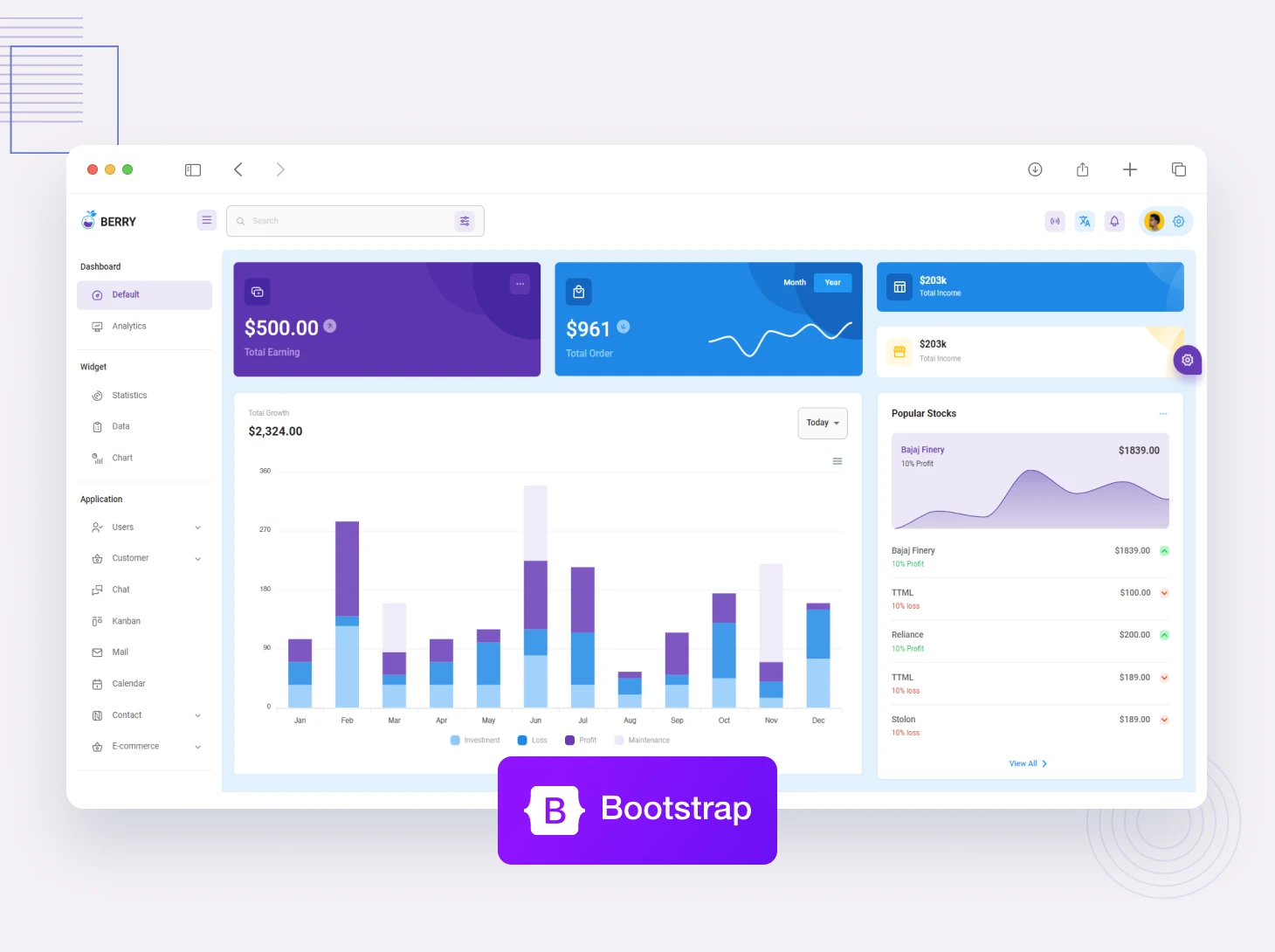Choosing the right tool for web development impacts a website’s performance and growth. React.js, a JavaScript library by Meta, is widely used for building fast, interactive, and scalable websites. Its design, efficiency, and ecosystem make it a top choice for React projects. While it has challenges, React’s strengths often outweigh them when planned correctly.
This article explains React’s key features, benefits, potential issues, and considerations for building effective websites.
Features of ReactJS that make it a top choice for websites
React’s core features support fast and maintainable web development. Below are the main ones:
Component-based structure
React divides the user interface into reusable components, such as buttons or forms. This simplifies coding and maintenance. Developers can use React templates to quickly build and customize interfaces.
Virtual DOM for efficiency
React uses a Virtual DOM to reduce unnecessary updates. Instead of changing the entire DOM, it checks for differences and applies updates only where needed. This boosts performance, especially on interactive websites that handle frequent data changes, like dashboards.
One-way data flow
Data in React moves from parent to child components. This clear structure reduces errors and simplifies debugging, especially in complex React projects.
Extensive ecosystem
React offers many libraries and tools. For example, React Chart Libraries like Chart.js or Recharts create data visualizations. React Design Patterns, such as Hooks, improve code organization and reuse.
JSX syntax
JSX combines HTML-like code with JavaScript, making it easier to build and visualize interfaces. This helps when working with a React project for consistent designs.
Advantages of using ReactJS for websites
React provides several benefits that make it popular for web development:
High performance
The Virtual DOM helps React refresh content quickly, even when updates happen often. This suits applications like React dashboards that display real-time data.
Scalability
Components allow easy expansion. Developers can add features or reuse code, making React suitable for small sites or large React-based sites.
SEO support
While React’s client-side rendering can challenge SEO, tools like Next.js enable server-side rendering. It helps boost the visibility of React-based websites in search engine results.
Large community
React’s active community provides libraries, tutorials, and support. Developers can find solutions or tools, such as React Chart Libraries, quickly.
Efficient development
Tools like Create React App and React admin templates speed up setup. This lets developers focus on building features rather than configuration.
Overcoming website development challenges with React: Addressing developer hurdles and solutions
Creating a successful website involves many moving parts—from organizing the codebase to optimizing performance. React offers useful tools and patterns that help developers tackle these needs efficiently.
Structured and scalable code
React component-based model allows developers to break down interfaces into small, manageable parts, making projects easier to maintain and expand over time.
Dynamic data handling
React supports smooth data flow within apps using built-in state tools, and scales well with libraries like Redux or Zustand when managing more complex interactions.
A helpful ecosystem
Whether it’s routing, form handling, or data visualization, React’s ecosystem includes well-supported libraries that integrate seamlessly, helping teams build faster and with fewer surprises.
Performance optimization
Features like lazy loading and code-splitting are easy to implement with React, helping improve loading speed and user experience without much overhead.
Key considerations for the website
To succeed with React, follow these guidelines:
Select Appropriate Tools
Use React admin templates or React Chart Libraries that match project needs. Avoid unnecessary dependencies.
Optimize Performance
Apply memoization and lazy loading to maintain speed, especially for data-heavy React dashboards.
Plan for Scalability
Use React Design Patterns like Hooks to keep code organized and adaptable as the project grows.
Address SEO
For search visibility, use Next.js to enable server-side rendering in React templates.
Train the Team
Ensure developers understand React’s components, routing, and state management for efficient work.
Conclusion
React.js excels for building fast, scalable websites due to its components, Virtual DOM, and ecosystem. It supports projects from simple pages to complex React admin templates. While challenges like learning curves exist, careful planning mitigates them.










Comments